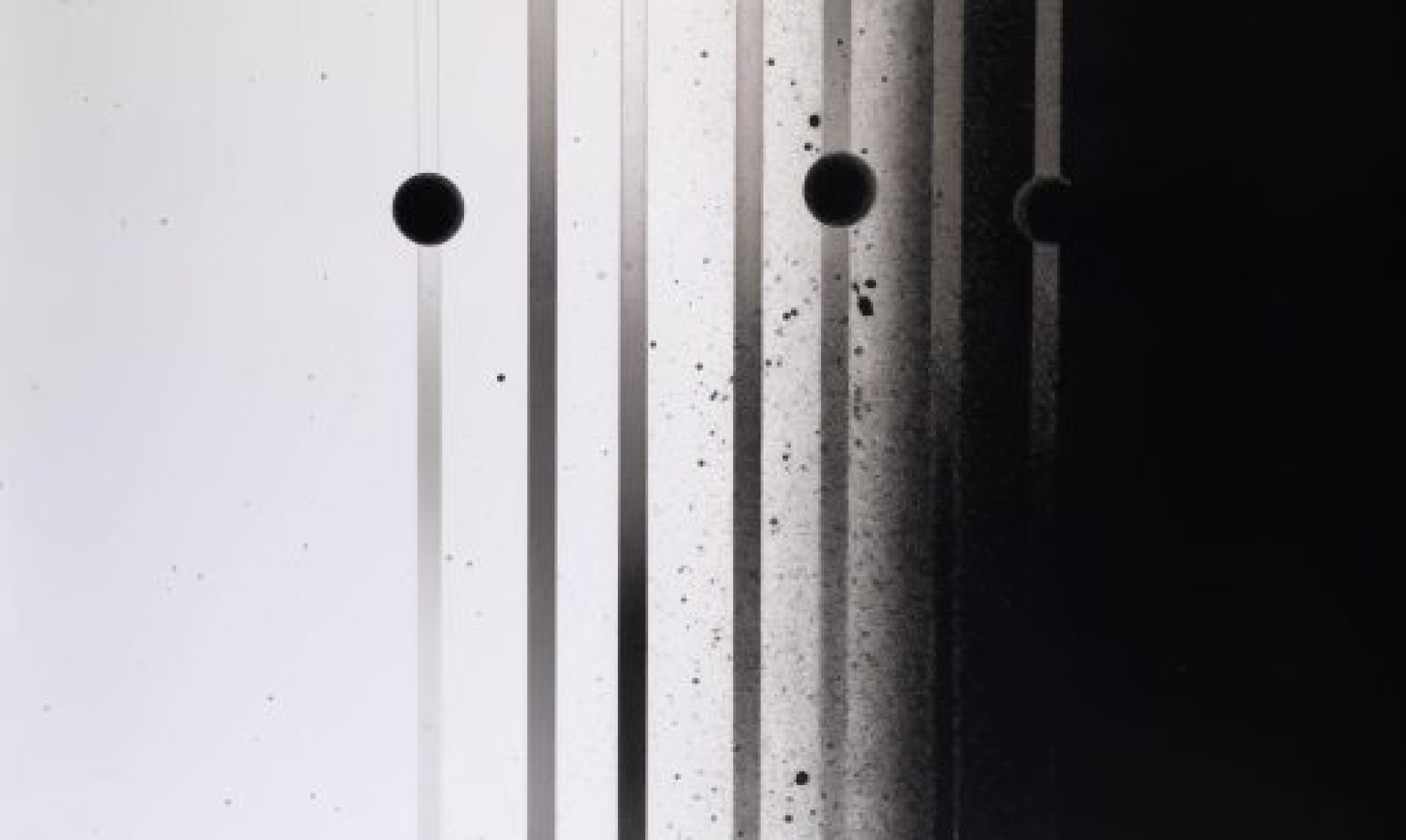Listen to France Jobin’s “un petit rien” on playlist one
Le projet Dermis met l’accent sur des pratiques d’atelier et des travaux sonores en cours ; encore invisibles, inaudibles, et inconnus du grand public . L’intention de Richard Garet pour ce projet a consisté à s’éloigner des conventions en invitant des artistes confirmés à présenter un travail inachevé ou un fragment destiné à la réalisation de nouveaux travaux , et tout ce qui normalement ne serait pas autorisé à voir le jour. Entre l’exploration, l’enregistrement, la production ou la simple écoute, les processus et les pratiques d’atelier sont très riches. Souvent, et comme par défaut, les fichiers audio s’accumulent dans les dossiers informatiques, pour aboutir à de longues heures de matériel et éventuellement à la création de bibliothèques de sons.
Pour mieux rendre compte de cette réalité, Richard Garet a contacté ses collègues et amis artistes avec un appel à contribution rédigé comme suit : » Envoyer une piste audio inédite avec des sons ou des débris issus de votre pratique d’atelier ( à interpréter comme vous le souhaitez) , un résidu audio, pas de field recording reconnaissable, pas de vague sinusoïdale constante , aucun drone constant, texte et approche théorique bienvenus , pas besoin de fondu en entrée ou en sortie, le son peut être d’un bloc, assurez-vous juste qu’il ne sature pas les haut-parleurs , il peut être brut ou composé , et plus d’un fichier audio peut être proposé. »
Toutes les pièces soumises ont été acceptées et inclues dans le projet, sans réserve ni aucun travail de post production.
Le derme est un tissu de type conjonctif formant la peau avec l’épiderme et l’hypoderme. Son épaisseur est variable selon les régions corporelles mais elle peut atteindre un millimètre. On distingue usuellement le derme papillaire jouxté à la jonction dermo-épidermique, le derme réticulaire et le derme profond.
http://fr.wikipedia.org/wiki/Derme
« DERMIS project » focuses on sonic studio practice from artists making work that is currently in process; subsequently yet unseen, unheard, and unknown to the public. Richard Garet’s intention for this project consisted of stepping away from the obvious and instead focusing on inviting artists that could present work that was unfinished or a segment of something that could be intended for making new work, or anything that normally would not be allowed to see the day of light as is. In the studio practice of any artist working with sound there is so much that happens and that consists of exploring, recording, producing and just listening. Often and by default in this practice audio files accumulate in computer folders, eventually creating libraries of sounds and extensive hours of listening material.
With that in mind Garet contacted his peers and these were the guidelines that he passed along for this project. « Submit an unreleased audio track, noise or debris from a sound artist studio practice (interpret this as you wish), audio residue, no recognizable field recordings, no constant sine waves, no constant drones, text and speech welcomed, no need for fade in or out, it can be just a block of sound, just make sure that it does not override the speakers, it can be raw or composed, and more than one audio-file can be submitted. »
These submissions were not reduced in any manner and everything that was submitted by each artist was included.
Dermis: The dermis is a layer of skin between the epidermis (with which it makes up the cutis) and subcutaneous tissues, that consists of connective tissue and cushions the body from stress and strain. It is divided into two layers, the superficial area adjacent to the epidermis called the papillary region and a deep thicker area known as the reticular dermis.[1] The dermis is tightly connected to the epidermis through a basement membrane. Structural components of the dermis arecollagen, elastic fibers, and extrafibrillar matrix.[2] It also contains Mechanoreceptors that provide the sense of touch and heat, hair follicles, sweat glands,sebaceous glands, apocrine glands, lymphatic vessels and blood vessels. Those blood vessels provide nourishment and waste removal for both dermal andepidermal cells.
http://en.wikipedia.org/wiki/Dermis






